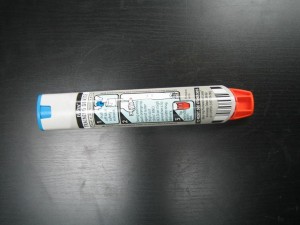It is important to note that the dander present in the coat of cats which are the dry flakes of shed skin are responsible for triggering a severe allergic response or anaphylactic shock among many individuals all over the globe. Since cat dander allergy can cause the life-threatening anaphylactic shock, it is important to fully understand what cat dander is all about and how to prevent exposure.
What you need to know about cat dander
Cat dander is similar to dandruff among humans and comprised of small-sized particles of shed skin that naturally occur in all cats and tend to settle deep into their coat as well as on the surface. Take note that all cats have dander but those with dense coats or those who are not properly groomed can have more dander in their bodies.
Dander is not always visible which is why it is not possible to brush or bathe cats in order to eliminate all the dander. Always remember that cats produce more dander on a daily basis.
Why cat dander triggers allergies?
Cat dander is not actually the trigger of an allergic response. The one responsible is the usually harmless protein present in dander that those with allergies are highly sensitive to. The protein is also present in the urine and saliva of cats.

Even cats that are bald can trigger an allergic response or an anaphylactic shock. These cats clean themselves, thus spreading their saliva on their coats and shed skin. The cat dander particles are usually small and float in the air and breathe in by humans. The dander will settle in the respiratory tract and lungs, resulting to inflammation and an allergic reaction.
When anaphylactic shock occurs
Once an individual is exposed to the shed cat dander, it can trigger a severe allergic response that initiates the abrupt release of chemicals and histamines. Take note that these chemicals will cause rapid swelling of the blood vessels. The fluid leaks from the blood vessels into the surrounding tissues, thus leading to the starvation of organs of essential oxygen and blood.
The individual can become cold, drowsy, nauseous, and faint, become confused or even develop hives or rashes as well as the swelling of the lips and tongue. In some cases, the heart will stop beating. Always remember that if emergency care is not provided during an anaphylactic shock, it can be fatal.
Treatment for anaphylactic shock
An individual suffering anaphylactic shock due to exposure to cat dander must be given a shot of epinephrine. Those who are at risk for severe allergic reactions typically bring an EpiPen wherever they go. An EpiPen must be used upon the manifestation of the early symptoms in order to counteract them. After a shot of epinephrine is given, other treatments might be given such as antihistamines and intravenous fluids.
